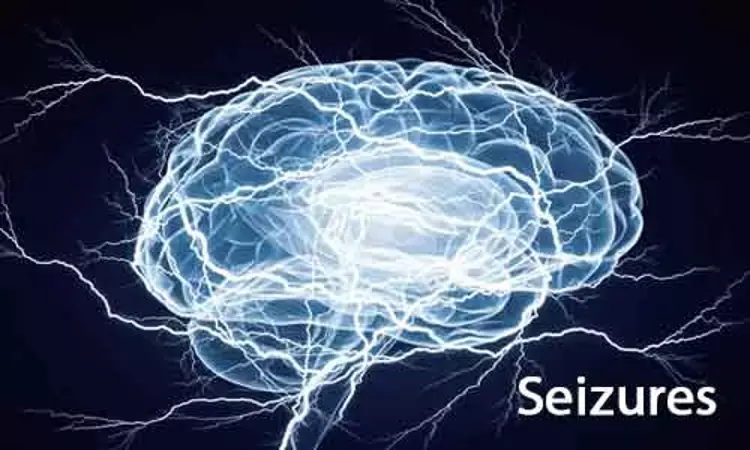- Home
- Medical news & Guidelines
- Anesthesiology
- Cardiology and CTVS
- Critical Care
- Dentistry
- Dermatology
- Diabetes and Endocrinology
- ENT
- Gastroenterology
- Medicine
- Nephrology
- Neurology
- Obstretics-Gynaecology
- Oncology
- Ophthalmology
- Orthopaedics
- Pediatrics-Neonatology
- Psychiatry
- Pulmonology
- Radiology
- Surgery
- Urology
- Laboratory Medicine
- Diet
- Nursing
- Paramedical
- Physiotherapy
- Health news
- Fact Check
- Bone Health Fact Check
- Brain Health Fact Check
- Cancer Related Fact Check
- Child Care Fact Check
- Dental and oral health fact check
- Diabetes and metabolic health fact check
- Diet and Nutrition Fact Check
- Eye and ENT Care Fact Check
- Fitness fact check
- Gut health fact check
- Heart health fact check
- Kidney health fact check
- Medical education fact check
- Men's health fact check
- Respiratory fact check
- Skin and hair care fact check
- Vaccine and Immunization fact check
- Women's health fact check
- AYUSH
- State News
- Andaman and Nicobar Islands
- Andhra Pradesh
- Arunachal Pradesh
- Assam
- Bihar
- Chandigarh
- Chattisgarh
- Dadra and Nagar Haveli
- Daman and Diu
- Delhi
- Goa
- Gujarat
- Haryana
- Himachal Pradesh
- Jammu & Kashmir
- Jharkhand
- Karnataka
- Kerala
- Ladakh
- Lakshadweep
- Madhya Pradesh
- Maharashtra
- Manipur
- Meghalaya
- Mizoram
- Nagaland
- Odisha
- Puducherry
- Punjab
- Rajasthan
- Sikkim
- Tamil Nadu
- Telangana
- Tripura
- Uttar Pradesh
- Uttrakhand
- West Bengal
- Medical Education
- Industry
Seizures in preterm infants linked to smaller brain volumes, Finds study

Researchers have recently found in a new study that seizures in preterm infants are common and associated with smaller term-equivalent age (TEA) brain volumes, according to a study published in the Journal of Pediatric Research.
Infants born prematurely are highly vulnerable to brain injury and susceptible to seizures in the first weeks of life. Many neonatal seizures occur without reliable clinical signs and are detectable only on electroencephalogram (EEG); understanding EEG findings in these neonates is crucial for providing appropriate care.
This can be challenging, as EEG background activity and patterns vary considerably with gestational age. Some physiologic preterm EEG patterns, such as rhythmic temporal theta activity or delta brushes, may be sharply contoured and appear similar to epileptic EEG patterns later in life. Seizures are underrecognized in preterm infants, and little is known about their impact on brain growth.
Hence, Zachary A. Vesoulis and colleagues from the Division of Newborn Medicine, Department of Pediatrics, Washington University, St. Louis, MO, USA conducted the present study with the aim to define the association between early seizures and subsequent brain growth.
Infants <30 weeks gestation underwent 72 h of prospective amplitude-integrated electroencephalography (aEEG) monitoring, term-equivalent age (TEA) magnetic resonance imaging (MRI), and 2-year neurodevelopmental testing.
Seizures were defined as trains of sharp waves >10 s, evolving in frequency/amplitude/morphology, and identified using automated algorithms with manual review. Using T2-weighted images, cortical surface area (CSA) and gyrification index (GI) were calculated and volumes were segmented into five tissue classes: cerebrospinal fluid, gray matter, white matter (WM), deep nuclear gray matter, and cerebellum.
Correlations between total seizure burden and tissue-specific volumes were evaluated, controlling for clinical variables of interest.
The key findings from the study were-
a. Ninety-nine infants underwent aEEG/MRI assessments (mean GA = 26.3 weeks, birthweight = 899 g).
b. Seizure incidence was 55% with a median of two events; median length = 66 s and mean burden = 285 s.
c. Greater seizure burden was associated with smaller CSA and volumes across all tissue types, most prominently in WM (R2 = −0.603, p < 0.01), even after controlling for confounders.
d. There was no association with GI.
Therefore, the authors concluded that "Seizures in preterm infants are common and associated with smaller TEA brain volumes. This relationship was strongest for WM and independent of clinical factors."
Dr. Nandita Mohan is a practicing pediatric dentist with more than 5 years of clinical work experience. Along with this, she is equally interested in keeping herself up to date about the latest developments in the field of medicine and dentistry which is the driving force for her to be in association with Medical Dialogues. She also has her name attached with many publications; both national and international. She has pursued her BDS from Rajiv Gandhi University of Health Sciences, Bangalore and later went to enter her dream specialty (MDS) in the Department of Pedodontics and Preventive Dentistry from Pt. B.D. Sharma University of Health Sciences. Through all the years of experience, her core interest in learning something new has never stopped. She can be contacted at editorial@medicaldialogues.in. Contact no. 011-43720751
Dr Kamal Kant Kohli-MBBS, DTCD- a chest specialist with more than 30 years of practice and a flair for writing clinical articles, Dr Kamal Kant Kohli joined Medical Dialogues as a Chief Editor of Medical News. Besides writing articles, as an editor, he proofreads and verifies all the medical content published on Medical Dialogues including those coming from journals, studies,medical conferences,guidelines etc. Email: drkohli@medicaldialogues.in. Contact no. 011-43720751


